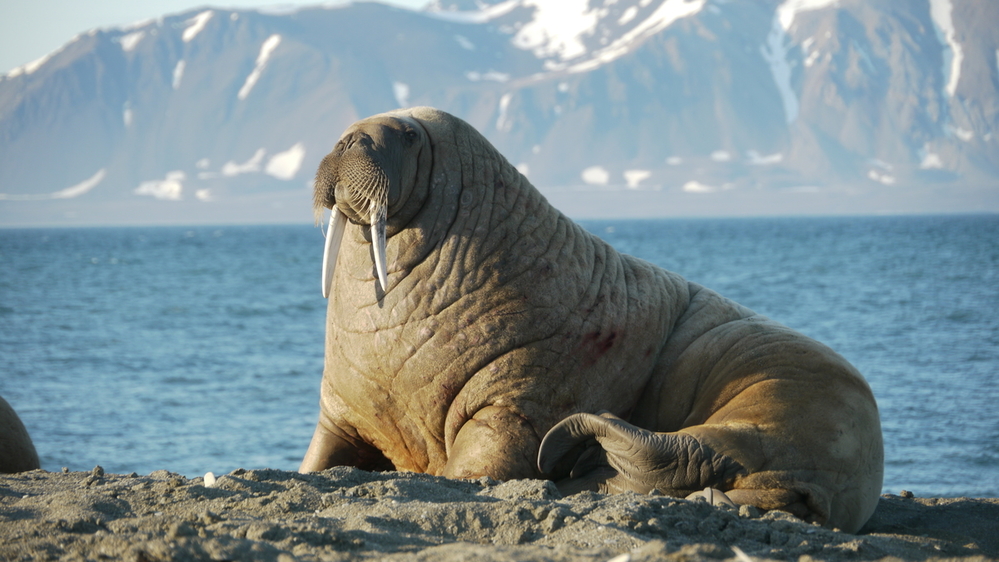Underwater noise harms wildlife, here’s how to turn down the volume
As we’ve said before, underwater noise is pollution, too! So, on World Oceans Day earlier in June, WWF-International launched two reports highlighting the threats whales and other marine wildlife face when bombarded by noise from large ships — and some preventative actions.
Ship noise is harmful for many reasons: it can displace wildlife from important habitats, prevent feeding, damage hearing and interfere with communication. And it’s only getting worse as shipping is increasing at a fast pace globally — surging 300 per cent between 1992 and 2013 and continuing to grow two to three per cent per year.

That’s why there’s an urgent need to make ships quieter by moving ships away from sensitive areas and mandating speed reduction while advancing new vessel design and other technologies.
In Canada, there’s still an opportunity to get it right the first time in the Arctic Ocean. Due to large swaths of sea ice, Arctic whales, seals, walrus and narwhal have remained relatively sheltered compared to other areas in the world.
But that’s changing. The Arctic Council recently found that underwater noise from vessels in the far north has more than doubled in just six years between 2013 and 2019 — and in some places it’s risen tenfold! (It took oceans in other parts of the world between 30 and 40 years to reach that magnitude of increase.)
With climate change warming the Arctic three times faster than the planet as a whole, potentially opening up new shipping routes like the famous Northwest Passage, regional wildlife could soon face the same risks as in other oceans.
Worldwide regulation will be crucial, which is why WWF-Canada is calling for mandatory guidelines internationally and for the national Ocean Noise Strategy to include mandatory targets and thresholds in all three of our oceans.
As marine mammals become increasingly silenced by underwater noise, it’s up to all of us to be their voice.
